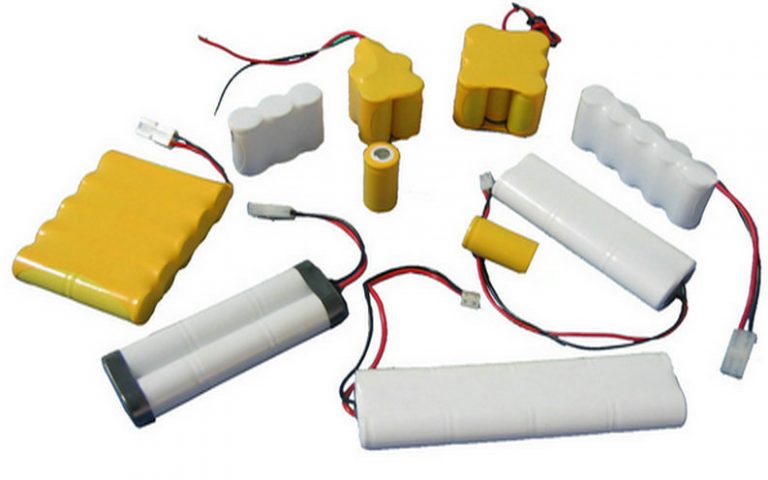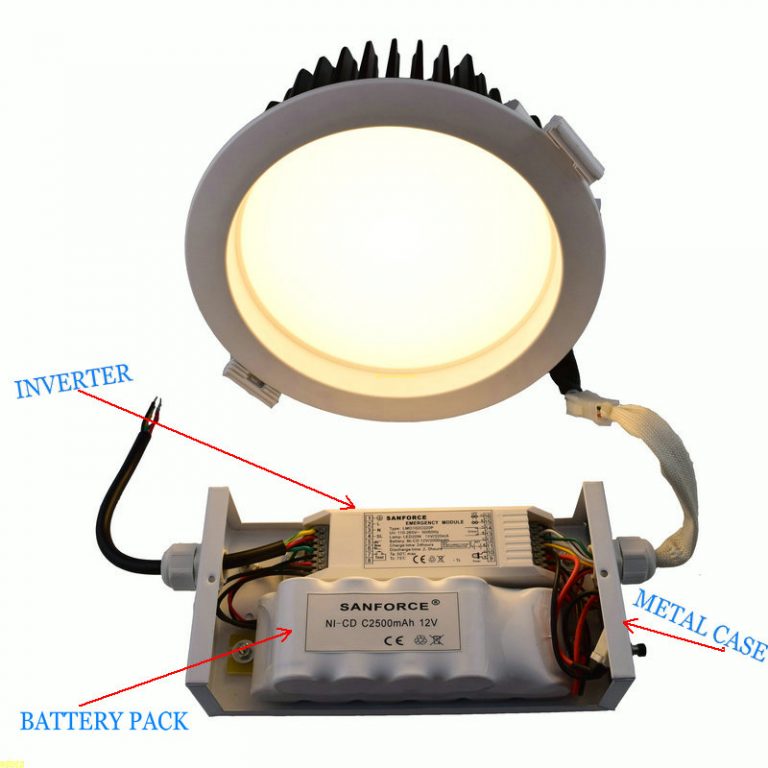The occurrence of power failure is not an oddity, but when it does happen in public buildings such as a theater, Hotel, retail stores, or restaurants, evacuation can most certainly become a challenge, destructive even. But with the guidance of emergency lighting, such circumstances are on most occasions well contained. And that happens to be why this indispensable equipment is gaining global recognition at this point. In some countries, it’s even mandatory for buildings to install emergency lighting.
Most companies, however, happen to have made the grave mistake of giving more notice to price than quality. And purchasing emergency lightings that are of inferior quality is basically a nightmare. Low quality emergency lightings are prone to system failure. If, for instance, the battery and the charger are of poor quality, the emergency power pack would be unable to provide sufficient illumination for the escape routes, and the lamps might collapse.
And system failure in emergency lightings might lead to incredibly devastating casualties, such as death, personal injury, property damage and so forth.
So if you’re going to invest in these incredibly valuable equipments, then it would be best for you to feast your eyes on quality rather than price. You’d better to be careful for below issues:
Local authorities and Fire Prevention Departments quite often publish their own recommendations regarding the types of system and emergency duration, and these of course must be taken into account when designing a system as they may compliment BS 5266 or even over-ride it. It should always be borne in mind that the system, once installed will have to comply with the most stringent of the requirements, whether the British Standard or the Local Authority regulations prevail.
Having decided on your basic system consideration should now be given to the siting of the lighting units and signs within the particular premises involved, which will then form the basis on which your selection of equipment can be made. The actual degree of illumination should be closely related to the nature of both the premises and its occupants with special consideration being given to old persons homes, hospitals, crowded areas such as pubs, discos and supermarkets, and to whether or not the premises are residential. Such as BS5266 recommends a minimum level of only 0.2 in corridors (permanently unobstructed) and 0.5 lux minimum for anti- panic areas to exclude 0.5 meter border around the room. (Detailed computer point calculations or luminaire manufacturers spacing tables should be used).
As a result of high temperatures and frequent charging, Inevitably the performance of any battery is gradually degraded during its life. The conditions of temperature and continuous overcharge prevailing in emergency lighting are particularly harsh and accelerate the degradation.So it’s best to opt for first-class batteries that have high-temperature cells, NiCd for optimal efficiency and safety, NiMH for optimal energy density and environment friendly, Li-ion for low cost and extremely small dimensions, and have a range of configurations for any application.

The battery must be compliance with ICEL1010 license and application of ICEL label.Current standards for emergency lighting, both product standards and application standards, require a battery life of four years and up to that life the emergency lighting must be capable of providing emergency light for its full rated duration.The producers will be entitled to apply the ICEL label to the battery and/or literature.
All test data shall be presented to ICEL within formal reports. The cell shall undergo a Charge Acceptance Test,Permanent Charge Endurance Test.The
actual discharge duration shall be recorded and reported and the minimum discharge duration shall be no less than 3 hours at a final voltage of 1.00V. The longest discharge time from cycles 2 and 3 shall be used to calculate the battery capacity. Be careful some of supplier sell lower capacity battery at best quality(bigger capacity) price.
The other element in emergency lighting that has to be of superior quality is the control system. The design of this control system has to be simple and easy to operate.
The Control System is ideal for integrating into existing control gear. It is equipped with driver, inverter and high temperature battery pack. Supplied with a fused terminal block and pre-cut connection wires, the modules can be tuned specifically to the lamp.
With a constant feed the batteries charge in 24 hours. So, if the main power is disrupted, the batteries kick in with light flicking in just 0.1 second.
The Emergency Light Kit can be configured with different back-up period and different light output levels.

The control systems can even generate test logs.Evaluating the quality of the various components of the emergency lightings conversion kits you purchase might be a tough challenge, so one way to approach this matter is by consulting quality control professionals.
Another way of determining the quality of emergency light kits is by making sure they have passed the international standards and are certified. Such are the certifications you should be looking for; BS for British Standards, BS ES for British and European Standard, CE for Europe, UL for the U.S., and test AS2293 for Australia.
Not sure what you required for your lightining project ?
Get in touch with us for FREE consultation.